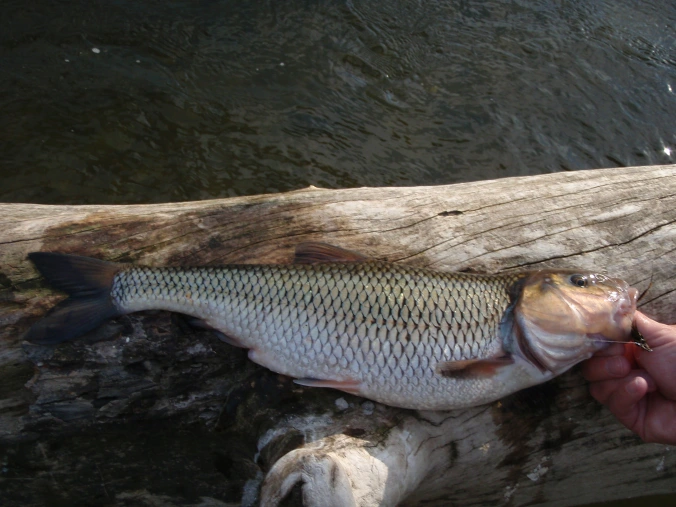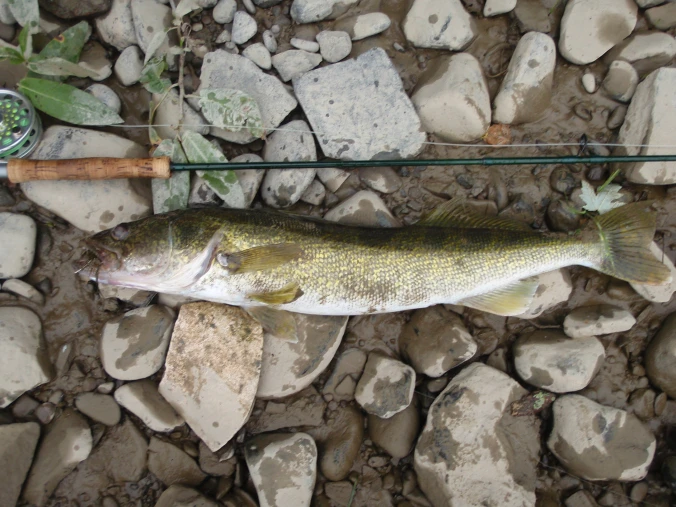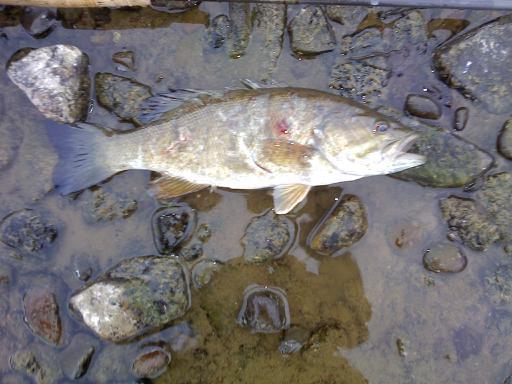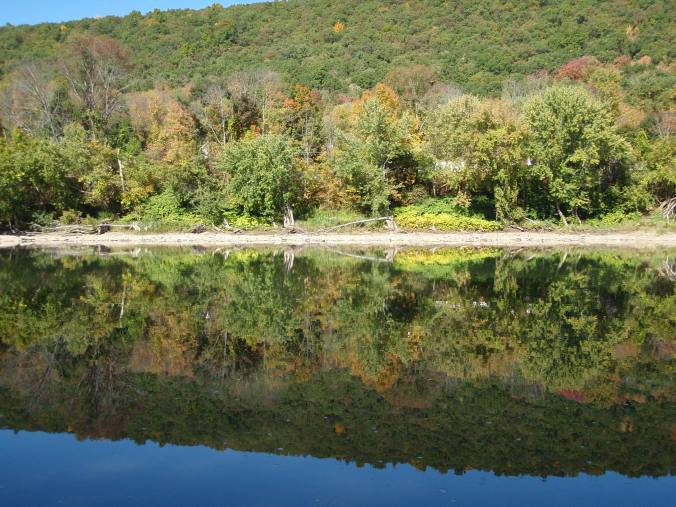Father, you are not yet past the summer of life; your limbs are young. Go to the highest hill, and look around you. All that you see, from the rising to the setting sun, from the head-waters of the great spring, to where the ‘crooked river’ is hid by the hills, is his. He has Delaware blood, and his right is strong.
James Fennimore Cooper, Pioneers
It’s been over ten years since I first took a trip out west to meet my brother-in-law, Jeff, and fly fish the Bighorn River. This was my first trip to Montana and the Bighorn lived up to its reputation as a fly fishing mecca then, as it did on a 2017 trip, recounted here. Jeff and I spent three days with a guide on that first trip, nymphing the deep pools and fast riffles, and we each caught over 30 trout per day. But the highlight of that first trip for me was not so much the fishing, but discovering the meaning of ‘place’ in one’s life.
Towards the end of our trip, we drove into the mountains overlooking the Bighorn River Valley. The road zigged and zagged its way up into the highlands. The grass on the hills waved softly in the light breeze and in the draws we saw cattle and mule deer. When we reached the heights we found a road-side monument surrounded by a rough-hewn rail fence. Within the fence was a tall stone obelisk monument, each broad side oriented to a cardinal point of the compass with its own tribute to the Crow Indians, the first human inhabitants of the Bighorn Mountains. Below, spread before us was the river valley, carpeted in the gold of wheat, and cleaved by the Bighorn River, a blue-green ribbon fringed in cottonwood. We stood in silence and read the plaques, one of which resonated in my soul…
“The Crow country is a good country. The Great Spirit has put it exactly in the right place; while you are in it you fare well; whenever you go out of it, whichever way you travel, you fare worse. It has snowy mountains and sunny plains and all kinds of good things for every season. When the summer heats scorch the prairies, you can draw up under the mountains, where the air is sweet and cool, the grass fresh, and the bright streams come tumbling out of the snow banks. There you can count the elk, the deer, and the antelope when their skins are fit for dressing; there you will find plenty of bears and mountain sheep.”
The words reminded me of my own sense of place and affirmed my belief that just as all people need a home, all fishermen should have home water, a place to learn the cycles of life and to fall in tune with the season’s rhythms so that one day it may be completely understood and in that knowing, truly cherished and revered, a place where you are as whole as you will ever be.
For me, the Susquehanna River Valley and its 3 great rivers – the Tioughnioga, the Chenango, and the Susquehanna, which my house overlooks, are my home waters. It is there that I go most – where I am most confident and connected – and it is there that I feel blessed with fly rod in hand.
A trip early one summer to the beautiful Thousand Islands region of the St Lawrence River reinforced this belief in ‘home water’. I drove north on a Friday to visit my high school buddy, Bill, and his family. I fished there for two and a half days and, quite honestly, was humbled. After all, Bill and his father had fished these waters for over 40 years. Die-hard spin fishermen, they quickly proved their worth. Bill’s father fished Canadian waters with his son-in-law and grandson, while Bill and I focused on the New York side of the river. From a fly fishing perspective, I had come pretty well equipped for the depths we’d fish. I brought 7 and 8 weight rods and a variety of lines, including a full sink shooting head. It took a while to dial in, but by my 2nd day on the river, I had found the combination of line weight for the various water types. Yet in no way was I high hook on the trip. I quickly realized it’s not easy fishing in another angler’s home waters…
Unlike the wading I am used to, we fished from a boat. Bill and I found fish in the drop-offs surrounding the abundant shoals of the river. As I explained to Bill, my greatest satisfaction in fly fishing has always been to figure out the bite – the great fishing puzzle; where the fish are, and what they’re feeding on. To do that is the pinnacle of fishing success in my opinion.
I left the St Lawrence happy, having spent quality time on and off the water with great friends. And I returned even more reverent towards my own home waters. Like so many places in our great United States, the great Susquehanna rivershed, once called home to thousands of Native American Indians, calls me too. And while the exact meaning of “Susquehanna” remains unknown to this day, the river passes on its own timelessness in a soft steady melodic flow.
Now, years later, I still fish the ‘crooked river’ and its tributaries. Bill’s father is gone and his old place, a tidy trailer in Kring State Park, sits most of summer alone, save a few weeks here and there when Bill and his family go there. In the spring I wait the watershed snowmelt, selfishly hoping for a dry beginning so I can fish the smallmouth pre-spawn, a time when the bass are staging to spawn and feeding voraciously ahead of weeks where procreation takes center stage in their cycle of life. In summer I wade wet, focusing on either end of the day. Summer is when one can find the bass off the river grass, busting bait, and in the riffles during the hot and bright days. Come Indian summer, and fall, the bass are in prime condition, feeding in preparation for the long winter ahead. Then I fish from my kayak, throwing streamers to shaded structure. The bass are often as fat as footballs.

With the bass comes the by-catch, and they are always welcome. Fallfish will often strike a streamer or nymph and fight several times their size. These fish are famous for their nest-building prowess. They spawn in the spring and the males take on a red to magenta hue to their heads, along with “horns” that look like large pimples.

Then there are walleye, some of which can be quite large. They ply the pools and deep runs, jaws bristling with canines, ever hungry.

Carp are always in the mix, too. Even when not fishing for them deliberately, an occasional bruiser will strike a streamer or nymph. They are the bear of fish – dominant omnivores of the river environment.

Channel catfish are another species that will whack a deeply fished streamer with authority. They are the biggest-eyed of the catfish, sight as well as scent-driven, and will fight doggedly when taken on the fly.

At the apex of the river’s food chain are the northern pike, tiger musky, and musky. These fish, in particular the musky, can attain size of 50″ or more. Twice in my fly fishing history on the river, I’ve “hooked” them, but have never landed them. Both times these fish took the 12″ smallmouth bass I had hooked on the fly and both times they surprised me at how hard they fought while not being hooked. They hung on to their prey for 20 minutes each – one of them towing my kayak up river. The fight normally ended close to me with savage headshakes that told me, “you’re really pissing me off now.” As hard as I tried, I never landed either, but they made river memories that keep me coming back.
And always surrounding the fishing, there is the river. I have waded her warm waters in the company of so much wildlife: Canada goose, mergansers, snowy egrets, green herons, blue herons, kingfishers, swallows, red-tailed hawks, bald eagles, ospreys, whitetail deer, mink, porcupine, beaver, muskrat, raccoons and sometimes too, black bear.
Once I watched a bald eagle chase an osprey, fish in its talons, flying upriver and into a tree line. The pair looked like a big P-47 Thunderbolt chasing down a Spitfire. Many times have I witnessed the long-eyed scan of the osprey and then it’s mid-air hover and perilous dive. Many times have I stood looking skyward as swallows darted about feasting on a hatch of mayflies, picking off each tiny fly with amazing precision, diving, swooping, careening, hovering, feasting on the emergence of life from the river.
In the late summer, there is nothing like the white fly hatch, the duns racing upriver with their nymphal shucks trailing, like heavy snow blowing horizontally in a blizzard.

And then there’s the fall, the glorious debut, when the silver maples lining the river cloak its banks in gold, the fitting dress for such an old and majestic river – the king of rivers east of the Mississippi. There will be October caddis then – those big orangey fluttering bugs that on occasion will bring a bass to rise. The shiners and dace will be big and the bass, walleye, and channel cats will key in on them, the pike and musky preferring the young of the year fallfish, quillbacks, and bass. They feel the change coming as mother nature pushes them to feed up before the starvation period begins. And feed they do, creating a bounty for the fly fisher…
Those late fall afternoons can take on an Indian summer – the crickets and cicada still in the trees, the sun warming them before the rush of wind and charge of cold. I’ll take a rest sometimes at the end of a day fishing, sitting river-side, soaking-in the end of bounty, feeling then what the Crow perhaps felt about their land – home where the river is plenty enough to be happy…





Recent Comments